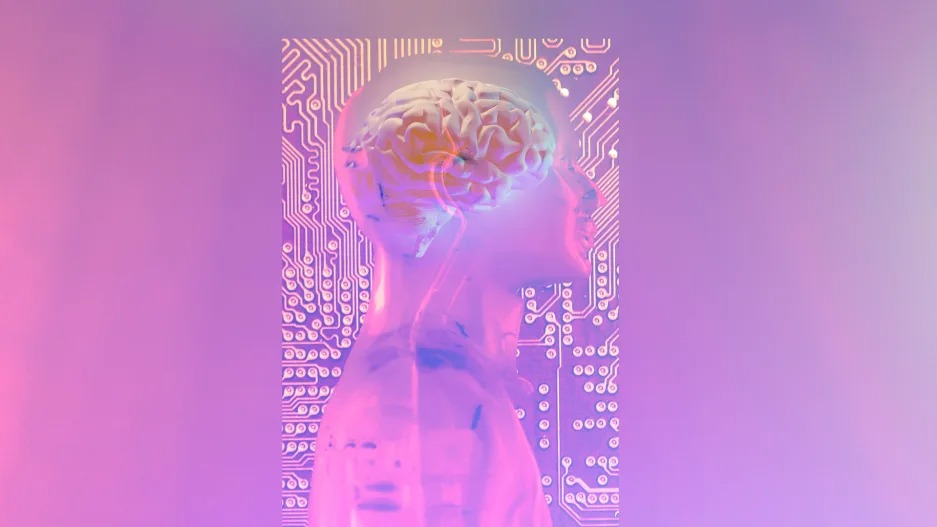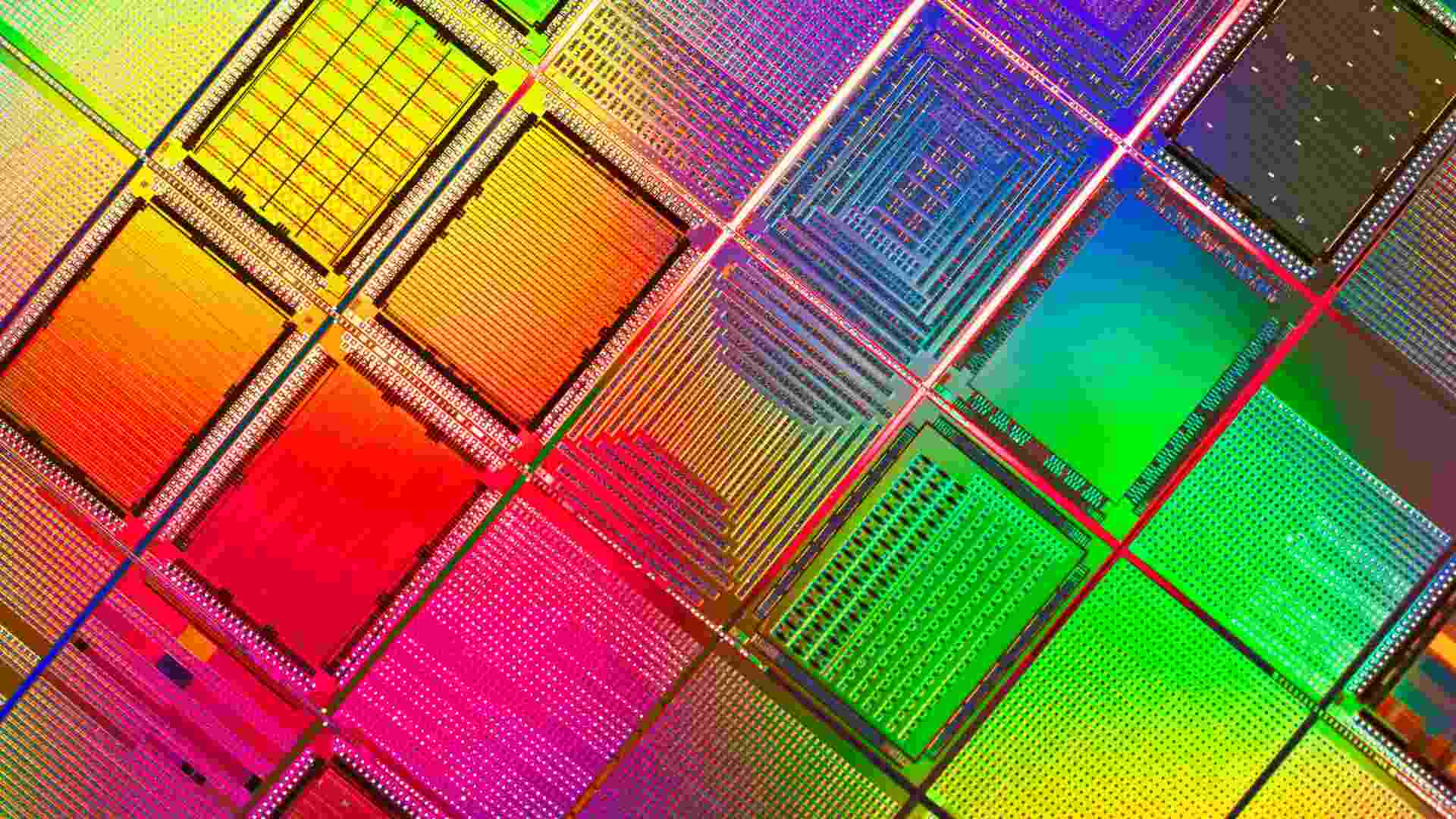- | 8:00 am
Where is generative AI headed in 2023?
Expect the tech to go more mainstream—and to see heightened scrutiny from regulators.

Generative AI is a branch of artificial intelligence that deals with the creation of new content by employing machine learning. This can take the form of written text, images, music, or even videos, the key being that the technology is what brings the creator’s ideas to life. 2022 was the field’s coming-out party, with several key building blocks, like OpenAI’s ChatGPT and DALLE-2, and Stability AI’s Stable Diffusion Dream Studio hitting the market in a big way, and for the first time putting these tools in the hands of the general, non-tech-savvy public.
But I believe that the best is still to come and, as early as next year, we will see the wave of new applications using this technology turning into a tsunami. Already analysts are predicting that the industry will balloon to become a $110 billion industry by 2030.
Below are my top predictions for generative AI in 2023. These forecasts are based on the current state of the technology as well as the trends that we are seeing unfolding in the industry.
GENERATIVE AI WILL BECOME MORE MAINSTREAM
Currently, generative AI is still mostly used by researchers and developers as well as by a few thousand early adopters from the advertising, marketing, and creator communities. However, I predict that this will change in 2023 as the technology becomes more refined and user-friendly and the number of platforms integrating these capabilities expands.
We will start to see generative AI being used more in businesses and by regular consumers, who realize that you don’t need to be a David Ogilvy to produce copy or a Disney to create animation. With applications ranging from writing emails, sales pitches, or product recommendations to creating concept art, manufacturing models, or publicity materials, Generative AI has the potential to democratize entire industries.
THE QUALITY OF GENERATED CONTENT WILL INCREASE
One of the main criticisms of generative AI is that the content it produces is not realistic enough. However, we predict that the fidelity of AI-generated content will increase drastically in 2023 with the emergence of new and more specified software and tools and the hardware that supports it.
Right now, the key benefit of using Generative AI is its ability to save time, money, and hassle on repetitive or mundane tasks, but within the next year, we expect to see a major increase in quality due to increased data availability, improved algorithms producing more sophisticated models, better optimization techniques, and more efficient training methods, better and stronger hardware, and tailored software. When AI begins surpassing the capabilities it is currently just replacing or augmenting, the technology will become truly disruptive.
MORE BUSINESSES WILL USE GENERATIVE AI
Generative AI is already brilliant for crafting fresh marketing, advertising, and messaging materials, as well as for generating product ideas. But those are all examples of one-way communications. Soon, however, AI will be far better at two-way interactions, able to converse with customers, understand their needs and requests, and respond to them in an almost humanlike way.
By using AI to handle routine inquiries and requests, businesses can free up their human employees to focus on more complex or nuanced tasks. Additionally, AI-powered customer service agents can handle a high volume of requests at once, making them an efficient and cost-effective solution for businesses.
Another area where generative AI could be useful is in sales. By using AI to generate personalized recommendations and offers for customers, businesses can improve their conversion rates and drive more sales. We predict that in 2023, as businesses start to realize the benefits of using AI to help with things like customer service, sales, and client retention we will see them adopt them with enthusiasm.
NEW PROFESSIONS ARISE AROUND GENERATIVE AI
As generative AI becomes more widespread, it is likely to create new job opportunities for those who are skilled in using the technology. Just as the invention of the camera led to the professional photographer, and the invention of the record player brought forth the DJ, the emergence of generative AI will introduce new professions. For example, “prompt engineers” who are skilled at writing descriptions that produce desired results from generative AI tools could become in high demand.
Already we are seeing marketplaces pop up where talented prompters can sell their prompts or be hired to create custom ones. Additionally, the emergence of generative AI could also lead to an increased need for professionals with strong creative skills, such as storytellers, character creators, and visual directors. These professionals will be key in making the most of what generative AI has to offer and ensuring that the results produced by the technology are of the highest quality. I believe that fears of AI destroying jobs is misplaced. We will still need talented humans with creative flair to make the most of what Generative AI has to offer.
REGULATION OF THE INDUSTRY WILL INCREASE
As the capabilities of Generative AI grow and develop becoming a common feature of our lives, government and industry will be compelled to introduce regulation. Like all other forms of innovation, Generative AI is only as good or bad as the people who use it. Alongside the enormous benefits of this emerging technology, there is also risk. Concerns about misuse of the technology for distributing misinformation, IP theft, or invasion of privacy can only be alleviated by putting in place rules to prevent them.
China has already announced that starting January, it will ban the publication of what it terms “deepfakes” without proper disclosure that they were created by AI in the form of a watermark, while other jurisdictions, like the E.U. and the U.S. have proposed legislation or guidelines in the works. We anticipate that 2023 will bring with it the beginning of comprehensive regulation, providing much-needed clarity, a development that we and other leaders in the space will wholeheartedly embrace as long as governments and lawmakers don’t over-regulate.






































